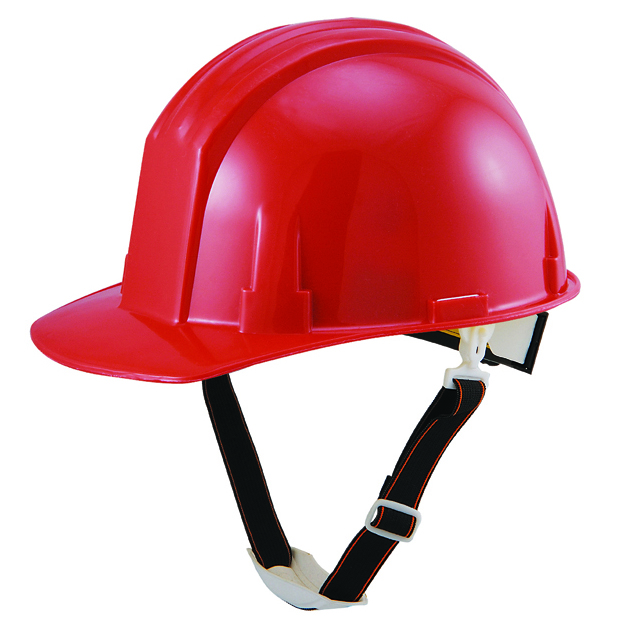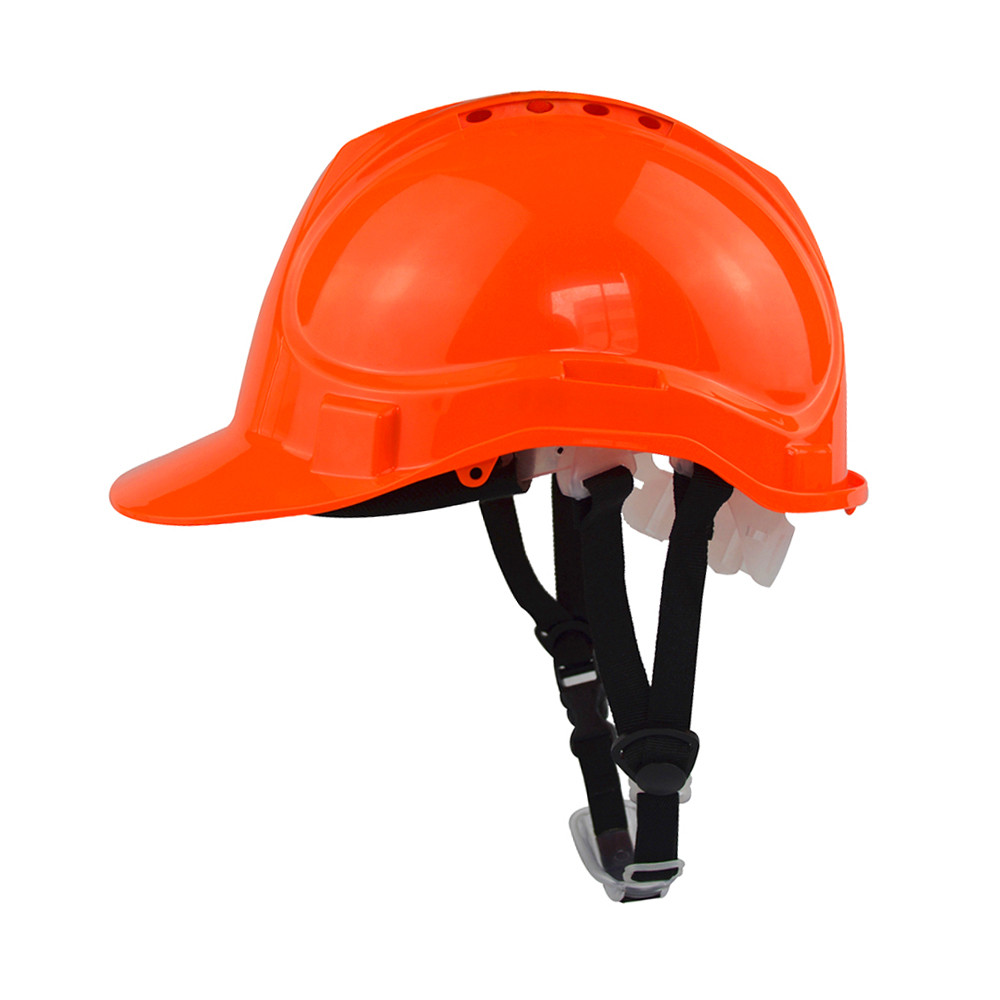Let’s talk about why safety helmets are super important. Think of them like guardians for your head. They’re your first defense in keeping your noggin safe from bumps, falls, or flying stuff that could hurt you. Whether you’re building skyscrapers, whizzing on a bike, or putting out fires, a helmet makes sure a little oopsie doesn’t turn into a big ouch. Wearing one is a smart move, and it’s the easiest way to look out for yourself while you get things done. Always pop a helmet on — it’s a no-brainer for staying safe!
What Are Safety Helmets?
Safety helmets are tough hats that keep your head safe when you’re working or playing hard. They’re made of strong materials that can take a hit and protect your noggin from bumps and falls. You’ll see folks wearing them on construction sites, in factories, or when they’re biking or skating. They come with straps to make sure they stay on your head, even if you’re moving around a lot. It’s all about keeping your head safe, so you can focus on the job or fun without worrying about getting hurt. Always wear a helmet to be on the safe side!

Why safety helmet is important?
A safety helmet, your trusty headgear, plays a vital role in keeping you out of harm’s way. Here’s why it’s super important to wear one:
Head Protection: Safety helmets are lifesavers, literally. They protect your head from falling objects, which can cause serious injuries or even be fatal.
Shock Absorption: These helmets have a tough shell and a soft lining that absorbs the shock of a blow. It’s like having a personal airbag for your head!
Prevents Sharp Object Injuries: On a worksite, sharp objects are like sneaky ninjas. Safety helmets keep them from turning a scratch into a serious wound.
Eye and Face Protection: Some helmets come with visors or face shields. They guard your eyes and face from sparks, debris, and splashes, so you can see clearly and stay safe.
Keeps the Elements at Bay: Rain, sun, or flying dust, a helmet shields you from them all. It’s your own little safe space in tough weather conditions.
Increases Visibility: Many safety helmets have bright colors or reflective strips. They make sure others can see you, which is especially important in busy or dark areas.
Electrical Insulation: For those working with wires and electricity, helmets can be lifesavers. They prevent electric shocks that could be dangerous or even deadly.
Mandatory Safety Regulation: In many industries, wearing a helmet isn’t just smart; it’s the law. It’s a key part of safety regulations to ensure workers’ well-being.
Encourages Safety Culture: When you wear a helmet, you set an example. It shows you value safety, and it can encourage others to do the same.
Reduces the Impact of Falls: If you slip or fall, a safety helmet reduces the impact on your head. It’s your head’s first line of defense against injuries.
Promotes Worker Efficiency: With the assurance of safety, workers can concentrate on their tasks better. This means more focus and better performance.
Long-Term Health Benefits: Regularly wearing a safety helmet can protect you from long-term brain injuries and health issues.
Professionalism: Wearing safety gear, including helmets, shows a professional approach to your work and safety. It reflects well on your commitment to your job.
Peace of Mind: Knowing your head is protected allows you to work with peace of mind, which is priceless in any job.
Cost-Effective: Helmets are a small investment compared to the cost of medical care for head injuries. They save you from hospital bills and lost work time.
Improves Concentration: When you’re not worried about getting hurt, you can focus better on your work, leading to higher quality and efficiency.
Customizable: Safety helmets can be customized with accessories like ear protection, making them versatile for various job environments.
Sets Industry Standards: Wearing helmets helps maintain the set safety standards across industries, ensuring uniformity in worker safety.
Psychological Assurance: Just the act of putting on a safety helmet can make you feel more secure and ready to tackle hazardous tasks.
Reduces Liability: For employers, providing and insisting on safety helmets reduces the liability in case of an accident.
So, slap on that safety helmet and think of it as your personal guardian angel. It’s a simple tool, but it packs a punch in keeping you safe. Whether it’s a daily routine or a risky task, a safety helmet is your best defense.
Different types of safety helmets
When it comes to safety helmets, there’s a variety to choose from, each suited to different tasks. Here are five types:
Industrial Helmets (Hard Hats)
These are the heroes of construction sites and industrial areas. They’re designed to protect you from falling objects and bumps. They usually have a hard outer shell and a shock-absorbing lining. Plus, they often come in bright colors to help workers stand out for safety.
Firefighter Helmets
These helmets are tough! They can handle extreme heat and protect brave firefighters from falling debris and even collapsing structures. Firefighter helmets also have visors to shield eyes from smoke and reflective strips for visibility in the smoke and darkness.
Sports Helmets
From rock climbing to skateboarding, sports helmets are cool companions. They’re lighter so you can move easily, but they still give solid protection. They often have vents to keep your head cool, and they fit snugly to stay put while you’re moving and grooving.
Bump Caps
Bump caps are like the casual cousins of hard hats. They’re for places where you might bump your head, but heavy objects won’t fall on you. They look like baseball caps but have a protective shell inside. They’re not for heavy-duty use but are perfect for low-risk work.
Electrically Insulating Helmets
For those dealing with electricity, these helmets are lifesavers. They’re made to stop electric shocks, keeping electricians safe when they’re up high on poles or working with wires. They make sure a little zap doesn’t turn into a big problem.

Choosing the right safety helmet
Choosing the right safety helmet is a big deal. It’s all about making sure your head stays safe, no matter what you’re up to. Here are six points to help you pick the perfect one:
Understand the Risk
First up, think about what you’re doing. Are you on a construction site with things falling around, or are you biking? Different activities need different helmets. For heavy-duty work, go for a hard hat with a tough shell. If you’re on a bike, get a helmet that’s light but strong.
Check the Fit
A good helmet should fit like a puzzle piece. It shouldn’t wobble or squeeze your head too tight. Look for adjustable straps or bands so you can make it just right. When it fits well, it protects well, and you’ll barely notice it’s there.
Look for Standards
Helmets should meet safety standards. Check for labels like OSHA, ANSI, or ISO. These aren’t just fancy letters; they mean the helmet has passed some serious tests and will do its job when you need it to.
Consider Comfort
If it’s comfy, you’re going to wear it, simple as that. Look for padding, ventilation, and if it’s the right weight for you. If you’re comfortable, you’ll keep it on your head where it belongs, not on the shelf.
Think Longevity
A good helmet isn’t just for one day. Get one that’s built to last. Look for durable materials and a design that can take a bit of wear and tear. You want it to be a trusty sidekick for the long haul.
Extra Features
Sometimes you need a bit more than just a shell. Extras like a visor, earmuffs, or a built-in flashlight can be super handy. Think about what might make your job easier. Those little add-ons can make a big difference.
So, there you go! Keep these points in mind, and you’ll find a safety helmet that’s just right for you. It’ll be comfortable, meet all the safety checks, and will be right at home whether you’re at work or play.
 ZIMAI Safety
ZIMAI Safety